Working in R, I am attempting to plot stream cross sections, interpolate a point at an intersection opposite an identified "bankful" point, and calculate the area under the bankful line. It is part of a loop that is processing many cross sections. The best solution I have come up with is using the approx function, however all of the points are not exactly on the point of intersection and I have not been able to figure out what I am doing wrong.
It is hard to provide sample data since it is part of a loop, but the sample of code below produces the result in the image. The blue triangle is supposed to be at the point of intersection between the dashed "bankful" line and the solid cross section perimeter line.
###sample data
stn.sub.sort <- data.frame(dist = c(0,1.222,2.213,2.898,4.453,6.990,7.439,7.781,8.753,10.824,10.903,13.601,17.447), depth=c(-0.474,-0.633,0,-0.349,-1.047,-2.982,-2.571,-3.224,-3.100,-3.193,-2.995,-0.065,-0.112), Bankful = c(0,0,0,0,1,0,0,0,0,0,0,0,0))
###plot cross section with identified bankful
plot(stn.sub.sort$dist,
as.numeric(stn.sub.sort$depth),
type="b",
col=ifelse(stn.sub.sort$Bankful==1,"red","black"),
ylab="Depth (m)",
xlab="Station (m)",
ylim=range(stn.sub.sort$depth),
xlim=range(stn.sub.sort$dist),
main="3")
###visualize bankful line of intersection
abline(h=stn.sub.sort$depth[stn.sub.sort$Bankful==1],
lty=2,
col="black")
###approximate point at intersection
index.bf=which(stn.sub.sort$Bankful==1)
index.approx<-which(stn.sub.sort$dist>stn.sub.sort$dist[index.bf])
sbf <- approx(stn.sub.sort$depth[index.approx],
stn.sub.sort$dist[index.approx],
xout=stn.sub.sort$depth[index.bf])
###plot opposite bankful points
points(sbf$y,sbf$x,pch=2,col="blue")

